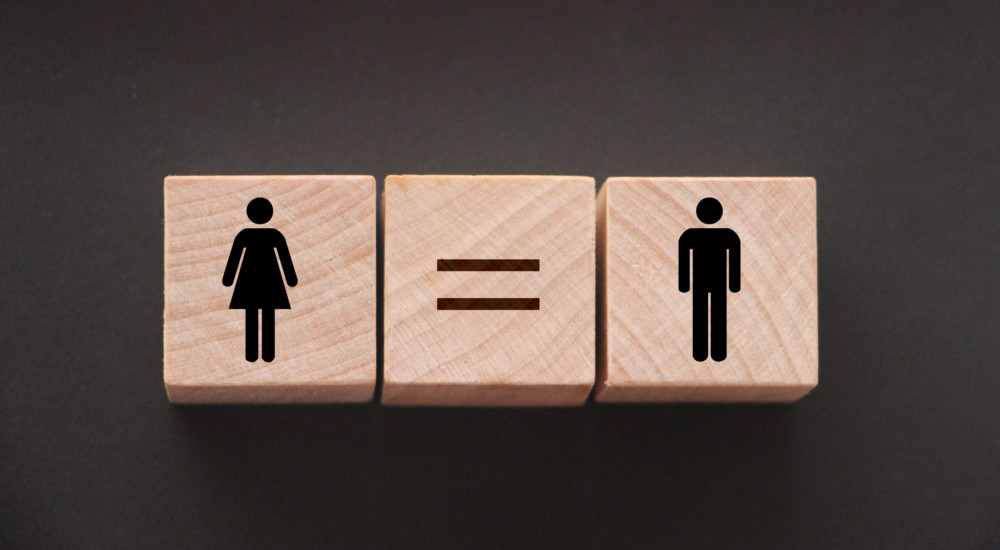Opinion
By Karen Peterson
The News Tribune (Tacoma, Wash.)
The recent firing of The New York Times’ first female executive editor has prompted a vigorous conversation, especially among journalists.
Much of it is about whether Jill Abramson’s “womanhood” had anything to do with the firing.
Initial reports said Abramson discovered she was paid less than men who held similar positions, complained about it and was fired.
Her “brusque” management style also was cited, leading some to worry that being a tough female manager got her into trouble where being a tough male editor would have been tolerated.
New York Times publisher Arthur Sulzberger later said Abramson was paid equally to male editors. He said he was concerned about her management style and had received complaints from newsroom colleagues that she was making decisions without notifying them.
Whatever the final straw, it appears the relationship between the two had become tense, but that can happen in any professional relationship regardless of whether it involves a woman.
The conversation feels like a throwback to the 1960s and ’70s when women struggled to gain upper-level positions in newsrooms and in most other workplaces. It might sound odd coming from a female editor, but when I heard Abramson got fired, her gender wasn’t my first consideration.
My career began well past the time when women were relegated to the society pages. By the time I began working full time at a daily newspaper in the early 1990s, The Noblesville (Indiana) Daily Ledger employed several women. The features editor was a woman, and so was the city editor. After a year or two, I was a news editor, too.
As I moved on to larger newsrooms, my gender neither helped me nor hurt me when being considered for promotion, as far as I know.
I’m one of three female top managers at The News Tribune. Our previous two publishers were women. Of our 14 newsroom managers, six are women. Of the McClatchy Co.’s 29 newsrooms, 13 are led by women.
Those ratios aren’t bad, although they fall short of the 50-50 that women represent in society. Our industry still has work to do, obviously, as we do in other areas of diversity. A news organization is better able to serve readers if its makeup mirrors the community.
Over the years, I’ve resisted joining professional women’s groups — Women in Communication, Association for Women Journalists and others. I wanted to be a journalist, not a female journalist.
I had the luxury of making that decision because of the women who came before me. They broke down barriers I never had to overcome. In the days after the Abramson firing came a report from the Poynter Institute, a journalism training organization, that drove home the point.
The Poynter story shared a list written in 1959, offering men “10 Commandments for Dealing with Women Employes(sic).” The Associated Press Managing Editors published it again in 1969 — the same year women were first admitted into the Society of Professional Journalists.
Here were the commandments:
1. Measure a woman by her success with a job, not by her sex or your prejudice.
2. Avoid impatience with a woman; she NEEDS to have confidence in you.
3. What ego is to a man, security is to a woman; make her feel safe and needed and she’ll make you feel 10 feet tall.
4. Never desert a woman in her fear; it is not circumstances a woman fears so much as the prospect of facing them alone.
5. Never lose your temper with a woman; every woman knows the smaller the pot, the quicker it gets hot.
6. A woman’s anger can be atomic in power; when there’s a blast-off, direct the force to useful ends.
7. Never forget that a woman never forgets; her memory, compared to a man’s, is as a cable to a thread.
8. As a man, provide the reason, the authority and the security to direct a woman in the use of her constant emotional drive.
9. Praise a woman on every possible occasion; her appreciation is fourfold that of man. So is her sensitivity; she requires one-fourth the criticism.
10. Treat each woman as an individual in ways suitable to the time, the place and the woman.
Women still working in our industry were beginning their careers in 1969. They worked for the men who were reading these guidelines. It’s understandable that they remain vigilant on issues of women’s workplace equality.
The truth is, whatever was at the heart of the Abramson firing, it’s important that we all do that.

















































































































































































































































































































































































